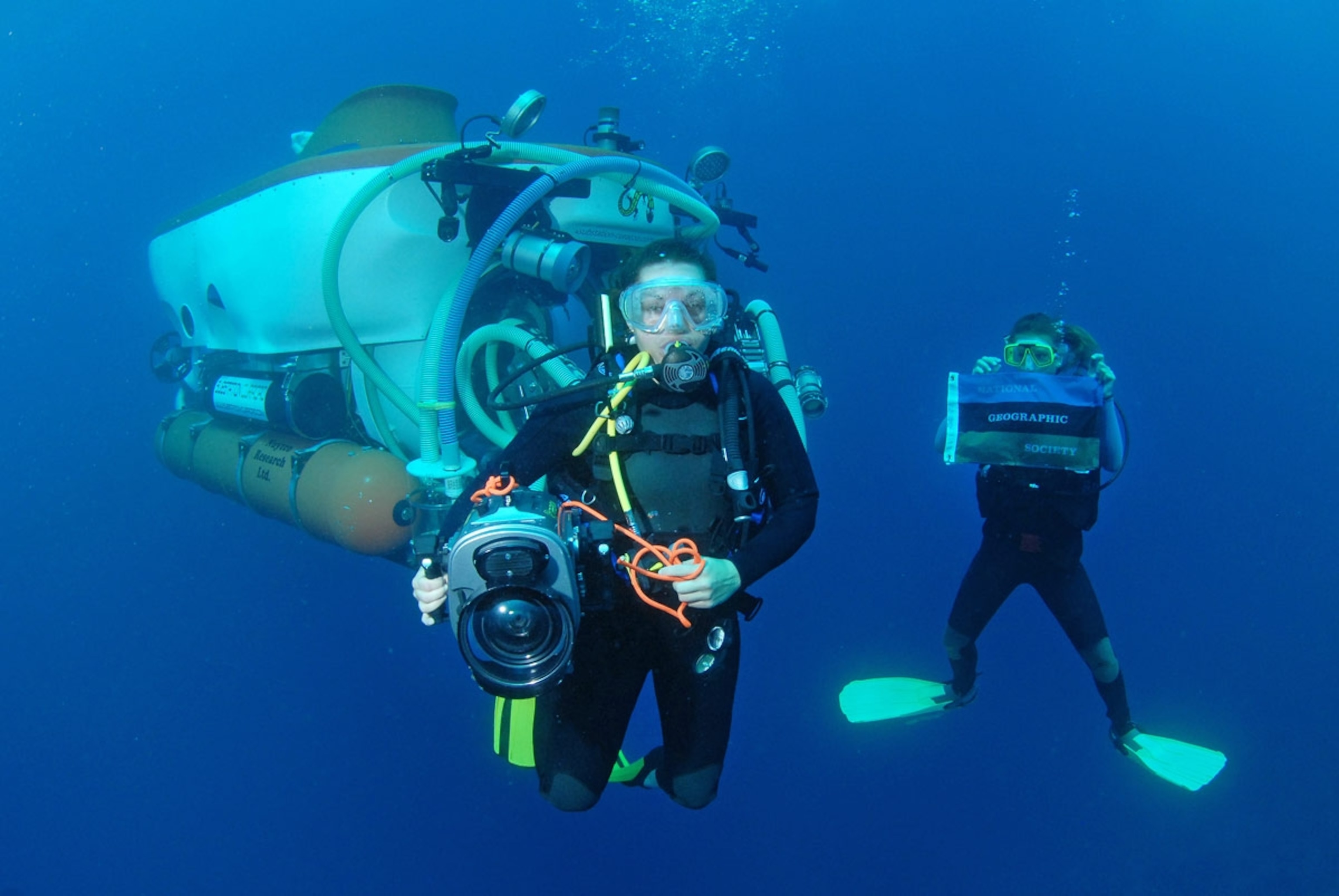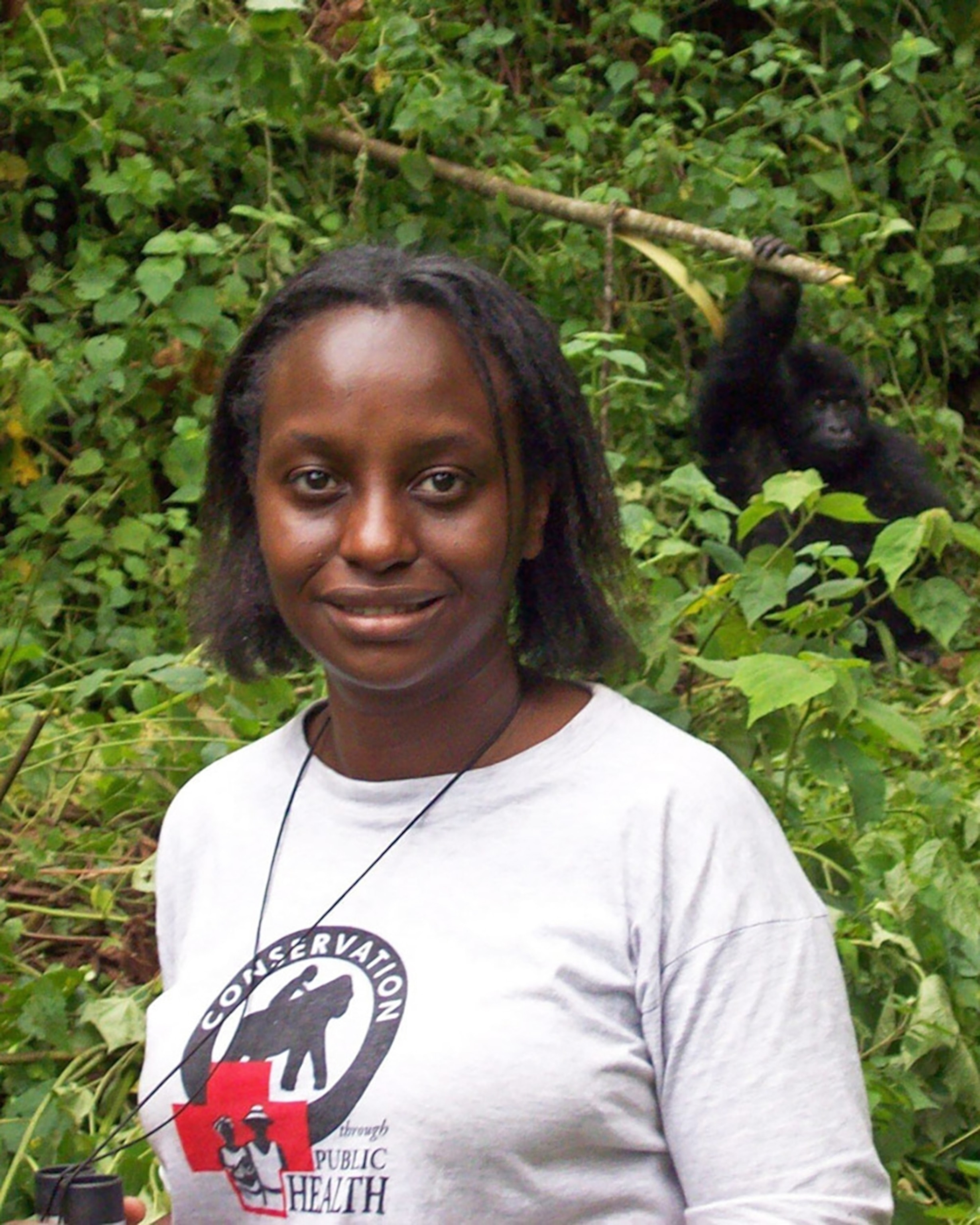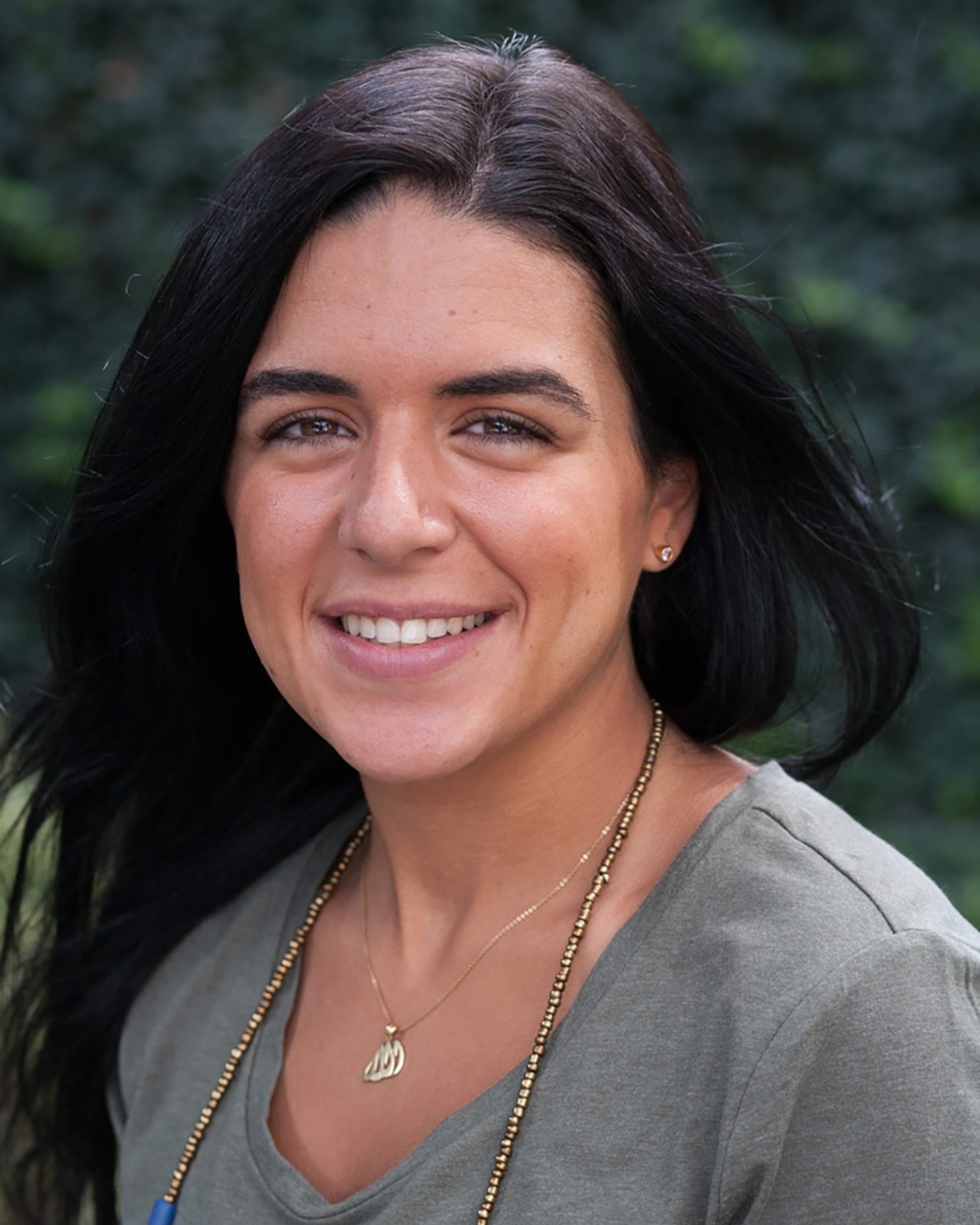
Inspire your young adventurer with tips from Nat Geo Explorers
Bring out the explorer in your child with advice from dinosaur discoverers, whale whisperers, and other National Geographic experts.
National Geographic Explorer Erika Bergman remembers running her hand over a line of plants while jogging along a Hawaiian riverbed. Like magic, the plants closed at the then 12-year-old’s touch. "I remember feeling both powerful and completely tiny at the same time,” she says. “That's the feeling I still experience and strive for when I’m piloting submarines.”
The thrill of her kid-size explorations are a big part of what led to a career as a submarine pilot and engineer. And whether your kids dream of discovering the world or just their own backyards, they can get big benefits from exploring, too.
Multiple studies show that exploring can provide kids with critical-thinking skills, creativity, and confidence. “It means kids don’t have to fit in a box,” says conservationist and veterinarian Gladys Kalema-Zikusoka, another Nat Geo Explorer. “They develop a love for learning about new things and get interested in being innovative and creative.”
In fact, plenty of Explorers found their passion when they were children. Several have even been featured in the Nat Geo Kids book series Explorer Academy, about a special school for explorers-in-training who travel the world to protect animals and habitats, discover lost cities, and crack hidden codes that could lead to a lifesaving formula.
Although the books are fictional, a lot of the futuristic tech the characters use was based on the work of real National Geographic Explorers. Check out a few of the Explorers who were featured in the books, then read their tips on how you can raise an explorer.
Meet the Explorers:
David Gruber

Read David Gruber’s tips on raising an explorer.
Erika Bergman

Read Erika Bergman’s tips on raising an explorer.
Gladys Kalema-Zikusoka

Read Gladys Kalema-Zikusoka’s tips on raising an explorer.
Diego Pol

Read Diego Pol’s tips on raising an explorer.
Nora Shawki

Read Nora Shawki’s tips on raising an explorer.




